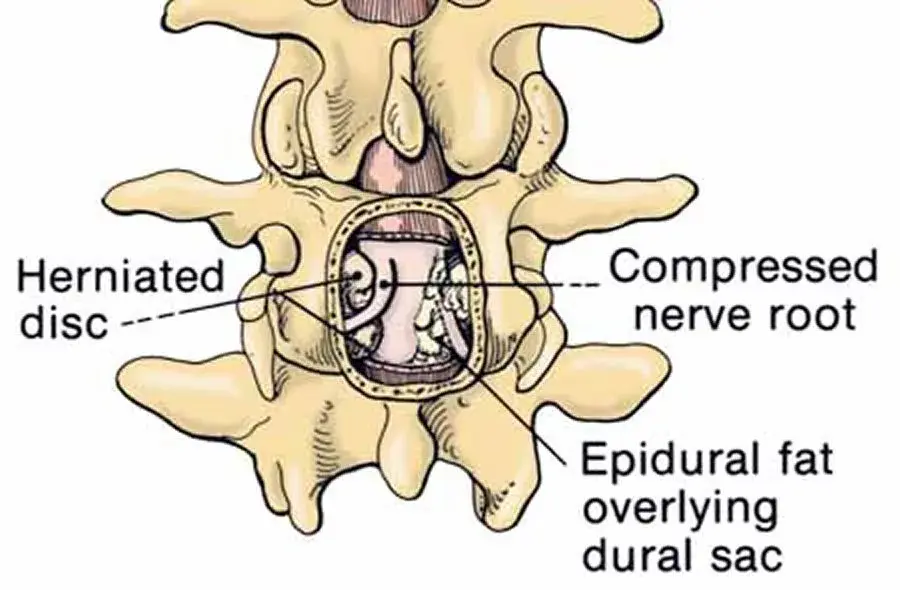Most Missed Question in Peds Prep — Vascular Lesion vs Cephalohematoma
Quick exam pearl: this Most Missed Question contrasts subperiosteal cephalohematoma (limited by suture lines) with superficial vascular lesions (nevus simplex/'salmon patch') and caput succedaneum — focus on distribution and relation to sutures.
This is a cephalohematoma — subperiosteal hemorrhage confined by suture lines, not a proliferating vascular lesion. Takeaway: prioritize morphology and suture-line boundaries; review the timing and growth pattern to distinguish from infantile hemangioma.
A 1-day-old female neonate is found to have a rash above her left eye on examination. She was born at 40 weeks via spontaneous vaginal delivery requiring vacuum assistance. The neonate required blow-by oxygen upon delivery and had a delayed bath.
The neonate has been bottle-feeding well and has had 2 wet diapers and 1 meconium stool. Her vital signs have been normal since the delivery.
On examination, she is sleeping comfortably. She has dull pink macules 0.5 cm in size on her glabella, eyelids, and upper lip. She also has a left-sided cephalohematoma. There is no conjunctivitis or eyelid edema, and her extraocular movements are intact. She has no jaundice. Her lungs are clear; she has no murmur and no organomegaly. The rest of the examination is normal.
The Figure demonstrates the appearance of the dermatologic lesions.

What is the probable course of the facial lesions?
Answer Options:
- fading almost completely within 3 weeks
- fading almost completely within 3 years
- enlarging rapidly during the first year, then spontaneously involuting within 3 years
- deepening and enlarging within 3 years, requiring laser therapy for complete resolution
- no change in size or color over time
Everyone keeps picking infantile hemangioma (#1). The correct answer is (#2) - salmon patches. Though they often resolve in 1 to 2 years. The clue is in the location.
Why This Question Is Often Missed
– Confusing salmon patch with infantile hemangioma: Both are vascular birthmarks, but hemangiomas proliferate before involution, whereas salmon patches do not grow.
– Overlooking lesion location: Salmon patches on the glabella/eyelids (“angel’s kiss”) fade rapidly, whereas those on the nape (“stork bite”) often persist—test-takers who don’t recall this nuance pick the wrong timeline.
What the Distractors Indicate
| Option | What It Tests / Implies | Why It’s Wrong Here |
|---|---|---|
| fading almost completely within 3 weeks | Rapid resolution akin to an infantile hemangioma | Salmon patches fade over months to years, not weeks. |
| fading almost completely within 3 years | Recognition of benign salmon-patch natural history | Correct: facial salmon patches often resolve by 1–2 years; giving up to 3 years. |
|
enlarging rapidly during the first year, then involuting within 3 years |
Classic infantile hemangioma lifecycle | Salmon patches never proliferate; they remain flat. |
|
deepening and enlarging within 3 years, requiring laser therapy |
Port-wine stain (nevus flammeus) behavior | Port-wine stains persist and darken; salmon patches lighten and fade. |
| no change in size or color over time | Mongolian spot or dermal nevus (stable) | Mongolian spots appear on the sacrum and often persist for years; this lesion fades. |
High-Yield Pearl
Salmon-patch “angel’s kisses” on the face fade spontaneously—usually disappearing by age 1–2, and nearly always by age 3.
Core Learning Objectives
- Recognize salmon patches: Identify flat, pink macules on the glabella and eyelids that blanch and do not proliferate.
- Counsel on natural history: Understand that facial salmon patches resolve within the first 1–3 years without intervention.
The “Test Trick” at Play
The question pairs a flat vascular lesion with a cephalohematoma and growth-phase distractors to lure you toward infantile hemangioma timelines—focus instead on the lesion’s morphology (flat, dull pink, non-proliferative) and location.
Additional Pediatric Exam Practice Questions and Remediation
Pediatric Exam Prep Practice Question 1
A 3-day-old male has a pink midline patch on the nape of his neck, 1 cm in diameter. It blanches with pressure and the baby is otherwise well. What is the most likely natural history?
- Persisting unchanged into adulthood
- Fading almost completely by age 1 year
- Rapid enlargement in the first 3 months, then involution by age 5 years
- Progression to a nodular hemangioma requiring excision
Answer and Remediation
If you chose A: Correct response! Nuchal “stork-bite” salmon patches often persist unchanged into adulthood.
If you chose B: Review: Facial salmon patches fade by age 1–2; nuchal lesions commonly persist.
If you chose C: Review: Hemangiomas proliferate then involute; salmon patches do not proliferate.
If you chose D: Review: Salmon patches are flat and never form nodules.
Pediatric Exam Prep Practice Question 2
A 2-week-old infant has a solitary, sharply demarcated, non-blanching purple patch on the right upper eyelid. What is the next best step?
- Observe, most purple eyelid patches fade by age 3
- Refer for ophthalmology evaluation
- Start propranolol therapy immediately
- Schedule pulsed-dye laser at 6 months
Answer and Remediation
If you chose B: Correct response! A non-blanching eyelid lesion suggests a capillary malformation or venous malformation—ophthalmology input is warranted.
If you chose A: Review: Non-blanching lesions are not salmon patches.
If you chose C: Review: Propranolol is for proliferating hemangiomas, not capillary malformations.
If you chose D: Review: Laser timing depends on diagnosis; first confirm lesion type.
Pediatric Exam Prep Practice Question 3
A newborn exhibits multiple faint, pink macules on the eyelids that disappear with crying. Which statement is true?
- They predict underlying cardiac anomalies
- They are port-wine stains requiring laser therapy
- They blanch completely and resolve by age 2
- They indicate trisomy 21
Answer and Remediation
If you chose C: Correct response! These flat salmon patches blanch fully and resolve by age 1–2.
If you chose A: Review: Salmon patches have no cardiac associations.
If you chose B: Review: Port-wine stains do not blanch and do not resolve spontaneously.
If you chose D: Review: Salmon patches are common and not linked to trisomy 21.
Mini Case Discussion Prompt
How would your clinical approach and parental counseling differ if the lesion had a unilateral sharp border, did not blanch fully, and persisted beyond age 3?
This question appears in Med-Challenger Pediatric Medicine Exam Review with CME
Try for free and save. Ace your exams and meet your CME/MOC requirements for just $35 a month!


/PEDS%20CHALLENGER.png?width=250&height=218&name=PEDS%20CHALLENGER.png)





